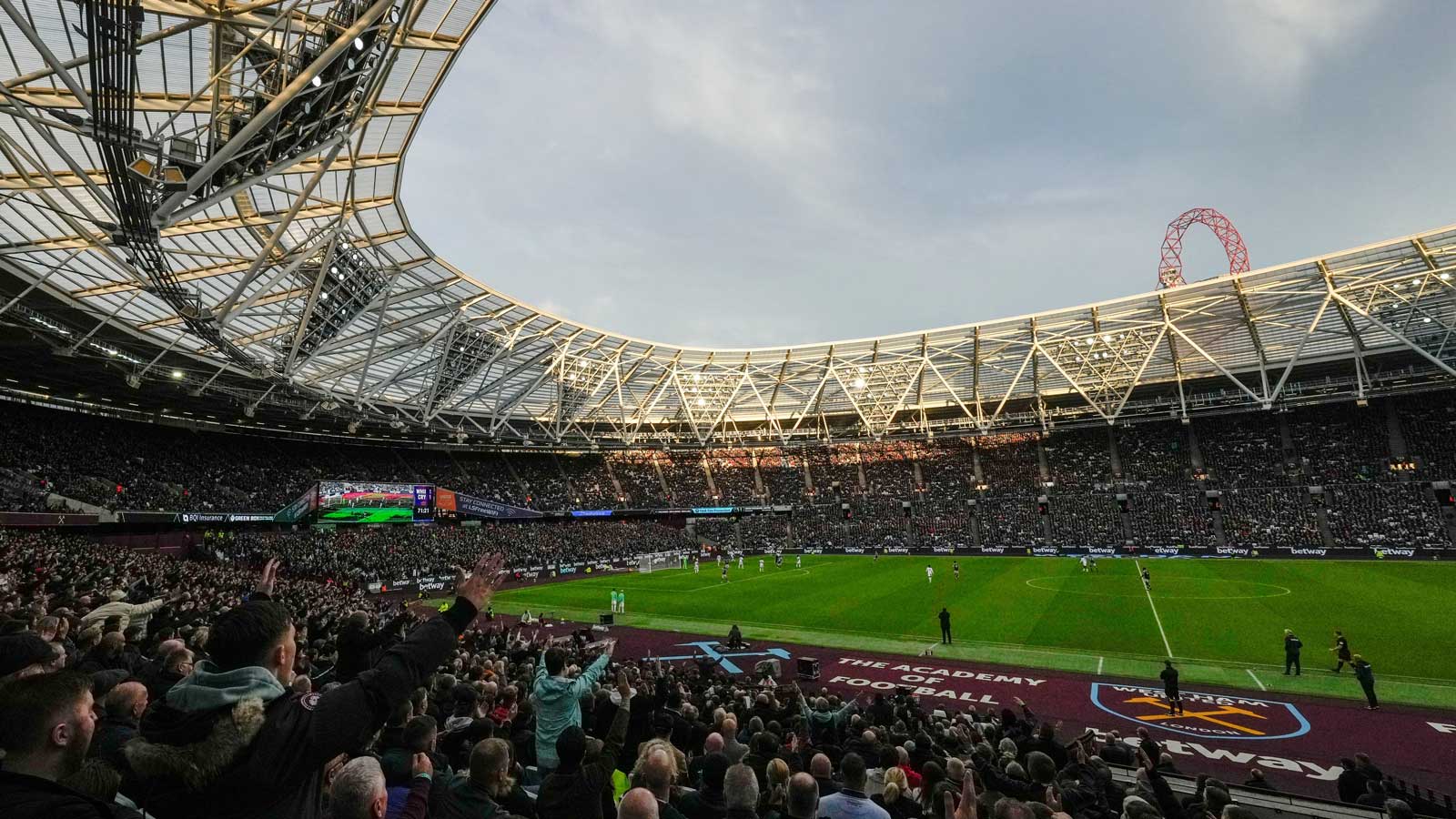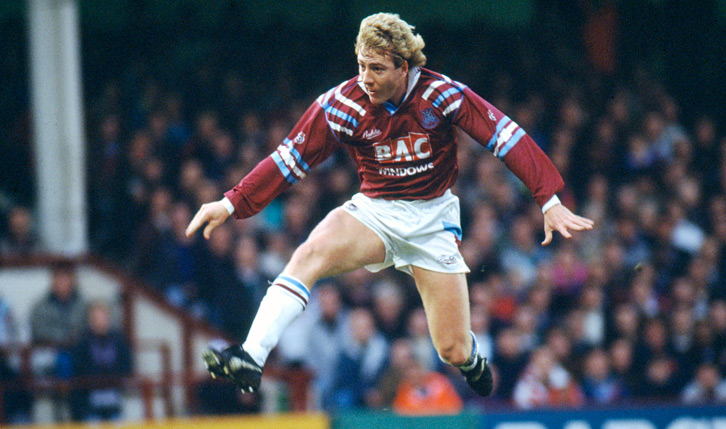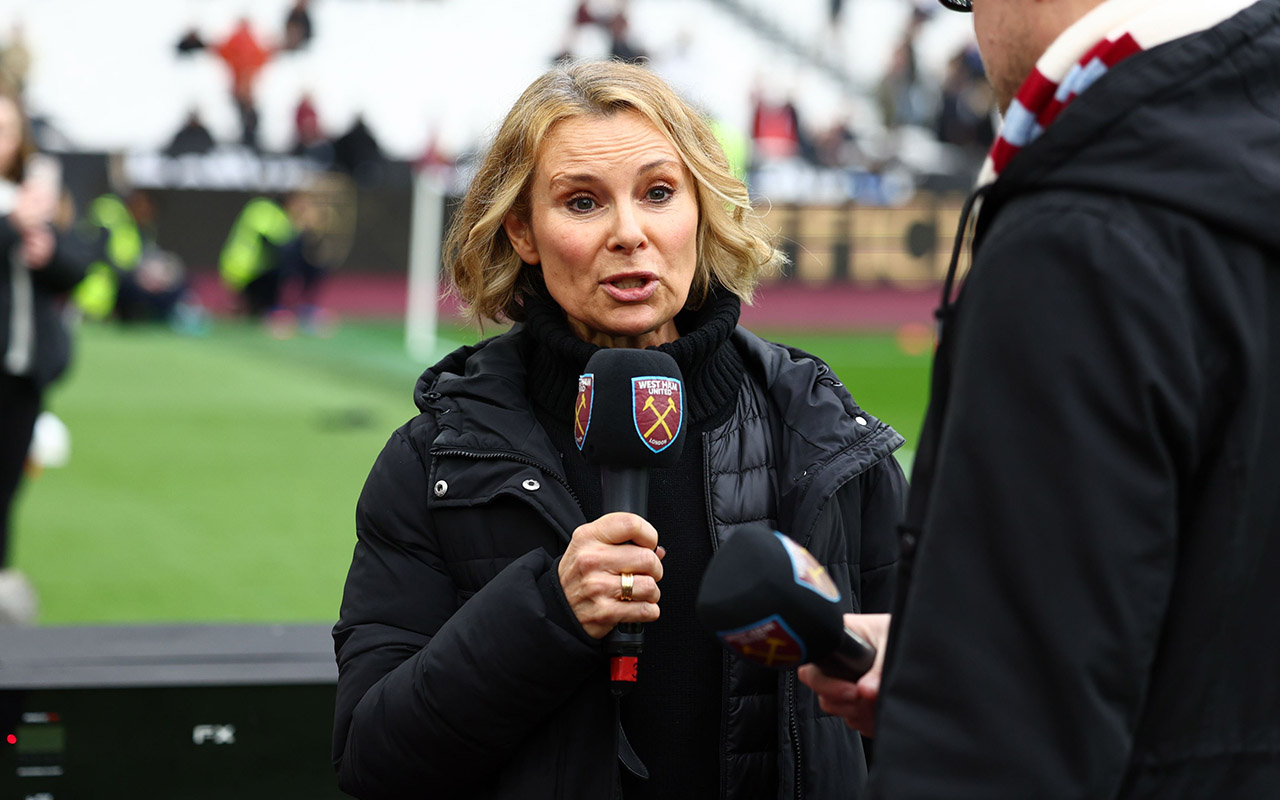West Ham United has today published its annual Gender Pay Report which shows that the mean gender pay gap, when male first-team players, management and coaches are removed, is -1%, and for the seventh consecutive year running is in favour of women.
This figure is more favourable than the current national pay gap at 14.9%. When the male players are included in the calculation, the Club’s mean pay gap is 80.70%.
While women make up 30% of the whole workforce, almost half of those are represented in the first two quartiles. This has been achieved by hiring more women into senior roles, as well as promoting women from within the Club.
West Ham United is proud of its equality, diversity and inclusion (EDI) work – and recently became the first Premier League Club to receive the Menopause Friendly Accreditation (MFA) in recognition of its high standards and proven practices that embrace menopause in the workplace.
Furthermore, the Club is also proud to sponsor Back 2 Businesship, a returners programme that up-skills, builds confidence and coaches the return of top talent into the workplace after a family / caring career break, via a six-day face-to-face boot-camp over two weeks, featuring 25 interactive sessions presented by experts in their field. The programme is focused on enabling experienced returners, predominantly women, to get back to work and into jobs, as well as updating their skills and knowledge to reboot their careers.
In recognition of the Club’s continued good work in this field, West Ham United was awarded the Premier League Equality Standard Advanced Level in December 2020. The Club also pledged to the Football Association Diversity Code and this year has exceeded the target, by hiring 40% females into vacant roles, while our Men’s Academy recruited the first black female coach within the men’s coaching department.
It is also important to note that the Club pays equal pay for men and women performing equal jobs. Categorically, men and women doing the same job are paid the same rate of pay.
Additionally, the Club has paid the equivalent of London Living Wage to all full-time and part-time permanent members of staff since June 2015 and became an accredited London Living Wage Employer in December 2017.
Over three-quarters of the Club’s wage bill is spent on less than 15% of the core workforce which are all male first-team players. Due to the market-driven salaries for male football players and male football management salaries, the gender pay gap figures are distorted and are therefore not a true representation.
Commenting on the report, West Ham United Vice-Chair Karren Brady, whose direct reports at the Club are 50% women, said: “West Ham United has a Board objective to be an Equity Leader in the Premier League and a strong commitment to equality, diversity and inclusion across all areas of the Club. Equality is at the heart of everything we do and we are extremely proud of the work we do across the Club to promote it.
“We have a clear culture and set of policies that ensure everyone has equal opportunities to succeed and drive their own careers at West Ham United. The work we do in the local community to create opportunities for people, from all backgrounds, continues to break down barriers.
“We were immensely proud to be named as the first Premier League Club to receive the Menopause Friendly Accreditation recently – demonstrating the hard work that is going on behind the scenes to continue inspiring positive change, particularly when it comes to ensuring a fair and equal working environment.”
| Measures | All staff including players (2021 figures in brackets) | |
|---|---|---|
| Mean Gender Pay Gap | 80.70% (80.17%) | |
| Median Gender Pay Gap | 14.46% (-68.00%) | |
| Mean Bonus Gender Pay Gap | -95.54% (-367.23%) | |
| Median Bonus Gender Pay Gap | 40.00% (-423.94%) | |
| Male | Female | |
| Proportion of males and females receiving bonus payments | 9% (7.10%) | 4% (8.16%) |
| Proportion of males and females in each quartile | ||
| 1st quartile | 87.74% (85.25%) | 12.26% (10.78%) |
| 2nd quartile | 62.09% (65.69%) | 37.91% (34.31%) |
| 3rd quartile | 60.00% (65.69%) | 40.00% (34.31%) |
| 4th quartile | 70.32% (83.33%) | 29.68% (16.67%) |




